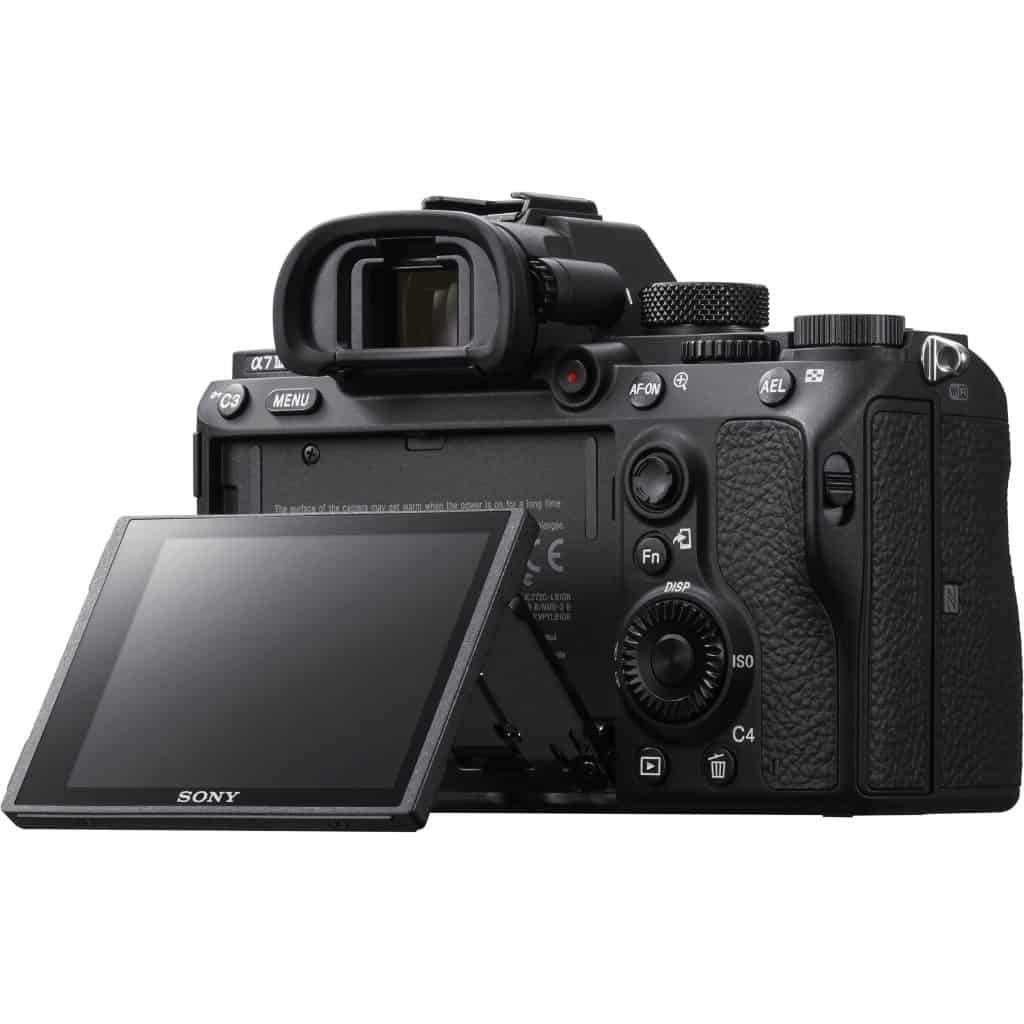Introduction
The Sony A7 III is a full-frame mirrorless camera that has quickly become a popular choice for both amateur and professional photographers. It offers a range of advanced features and capabilities, as well as excellent image quality and versatility. In this review, we will discuss the components of the Sony A7 III, its features, advantages, and potential drawbacks.
Table of Contents
Components of a Digital Camera
The Sony A7 III has the following components:
Lens: The A7 III uses Sony’s E-mount lenses, which offer a range of options for different types of photography. It also has the ability to use other lenses with the use of an adapter.
Image sensor: The A7 III features a 24.2-megapixel full-frame Exmor R CMOS sensor, which allows for excellent image quality and low light performance.
Processor: The camera uses Sony’s BIONZ X image processor, which helps to process images quickly and accurately.
Display: The A7 III features a 3-inch tilting LCD screen, as well as an electronic viewfinder.
Storage: The camera uses SD, SDHC, and SDXC memory cards for storage.
Battery: The A7 III uses a rechargeable lithium-ion battery that offers a decent battery life of up to 610 shots per charge.
Features of Digital Cameras
The Sony A7 III offers a range of features, including:
Image resolution: The camera has a maximum image resolution of 6000 x 4000 pixels, which allows for high-quality images.
ISO sensitivity: The A7 III has an ISO range of 100-51200, which can be expanded up to 204800. This allows for excellent low-light performance.
Shutter speed: The camera has a maximum shutter speed of 1/8000th of a second, which allows for high-speed photography.
Aperture: The A7 III allows for a wide range of aperture settings, depending on the lens being used.
White balance: The camera has a range of white balance settings, including auto, presets, and custom options.
Autofocus: The A7 III features a 693-point hybrid autofocus system, which allows for fast and accurate focusing.
Image stabilization: The camera has 5-axis in-body image stabilization, which helps to reduce camera shake and allows for sharper images.
Advantages of Cameras
The Sony A7 III offers several advantages, including:
Instant review and editing: The camera allows for instant review of images, as well as in-camera editing options.
High-quality images: The full-frame sensor and advanced image processing technology allow for excellent image quality.
Versatility: The A7 III offers a range of shooting modes and settings, making it suitable for a wide range of photography styles.
Easy sharing and printing: The camera has built-in Wi-Fi and NFC, allowing for easy transfer of images to a computer or printer.
Cost-effective: While the A7 III is not cheap, it offers a range of advanced features and capabilities at a lower price point than some other full-frame mirrorless cameras on the market.
Sony a7 III ILCE7M3/B Full-Frame Mirrorless Interchangeable-Lens Camera with 3-Inch LCD, Body Only,Base Configuration,Black: Buy it now
Potential Drawbacks
While the Sony A7 III is an excellent camera, it does have some potential drawbacks, including:
Limited battery life: While the battery life is decent, it may not be enough for some photographers who shoot for extended periods of time.
Limited lens options: While the E-mount lenses offer a range of options, there are still some gaps in the lineup that may not be suitable for all types of photography.
Menus can be confusing: Some users may find the menu system on the A7 III to be confusing or overwhelming, especially for those who are new to Sony cameras.
Overall, the Sony A7 III is a highly versatile and capable camera that offers excellent image and video quality, advanced autofocus system, in-body image stabilization, and a long battery life. It is a great option for both professional and amateur photographers who want a high-performing camera that is easy to use and provides exceptional results.
However, the Sony A7 III is not without its drawbacks. One notable issue is its limited buffer capacity, which can cause the camera to slow down during continuous shooting. Additionally, some users may find the menu system and button layout to be a bit overwhelming and confusing at first.
Another potential drawback is the camera’s price point, which is relatively high compared to other mirrorless cameras on the market. However, many photographers feel that the Sony A7 III’s exceptional performance justifies its higher cost.
In conclusion, the Sony A7 III is an outstanding camera that offers exceptional image and video quality, advanced autofocus system, in-body image stabilization, and long battery life. While it may have some minor drawbacks, overall, it is an excellent choice for photographers who want a versatile and high-performing camera that can handle a variety of shooting situations.

